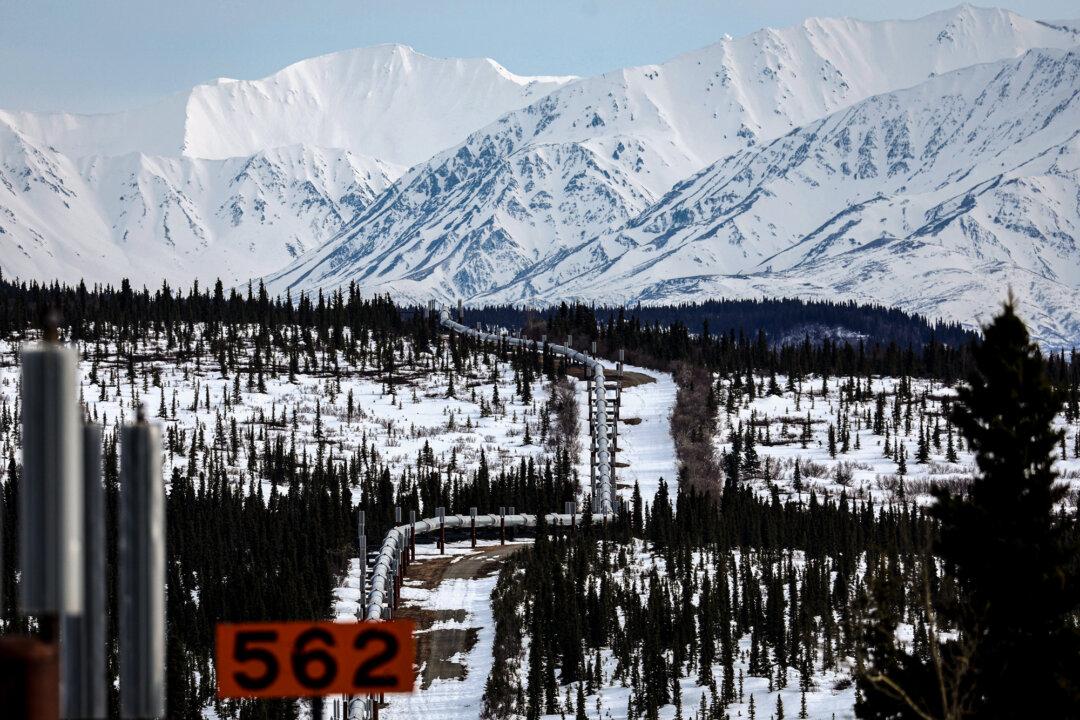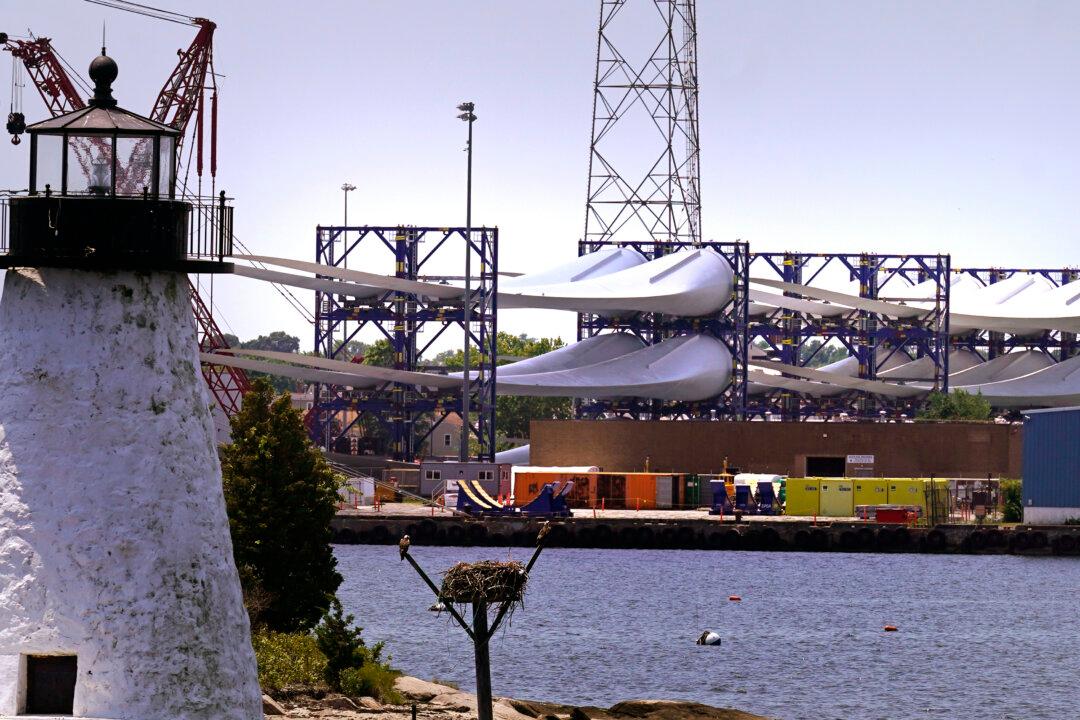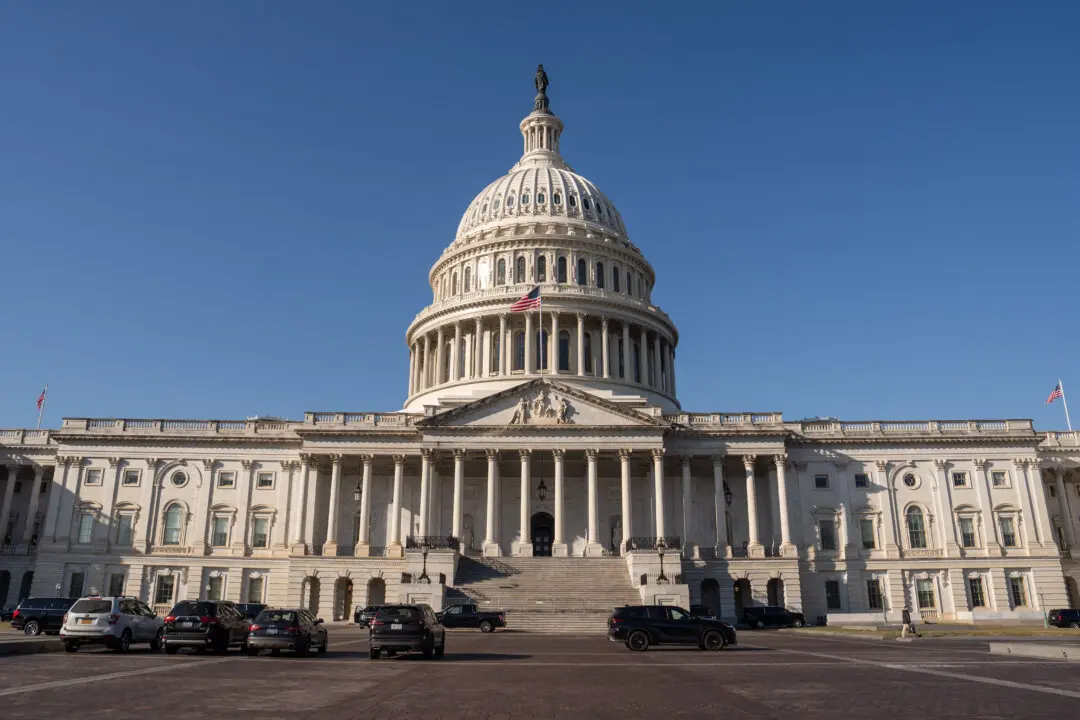President Donald Trump’s Alaska executive actions package not only seeks to expand fossil fuel development in the state but defines a stalled liquified natural gas (LNG) pipeline and marine terminal project—the only one now approved and permitted on the United States’ west coast—as pivotal in anchoring “an energy corridor of critical national importance.”
In his Jan. 20 ‘Unleashing Alaska’s Extraordinary Resource Potential’ order, the president calls on federal agencies to “expedite the permitting and leasing of energy and natural resource projects,” prioritize “development of Alaska’s liquified natural gas (LNG) potential,” and expand oil and gas drilling in the 19.6 million-acre Arctic National Wildlife Refuge and, potentially, also in the 23 million-acre National Petroleum Reserve.





